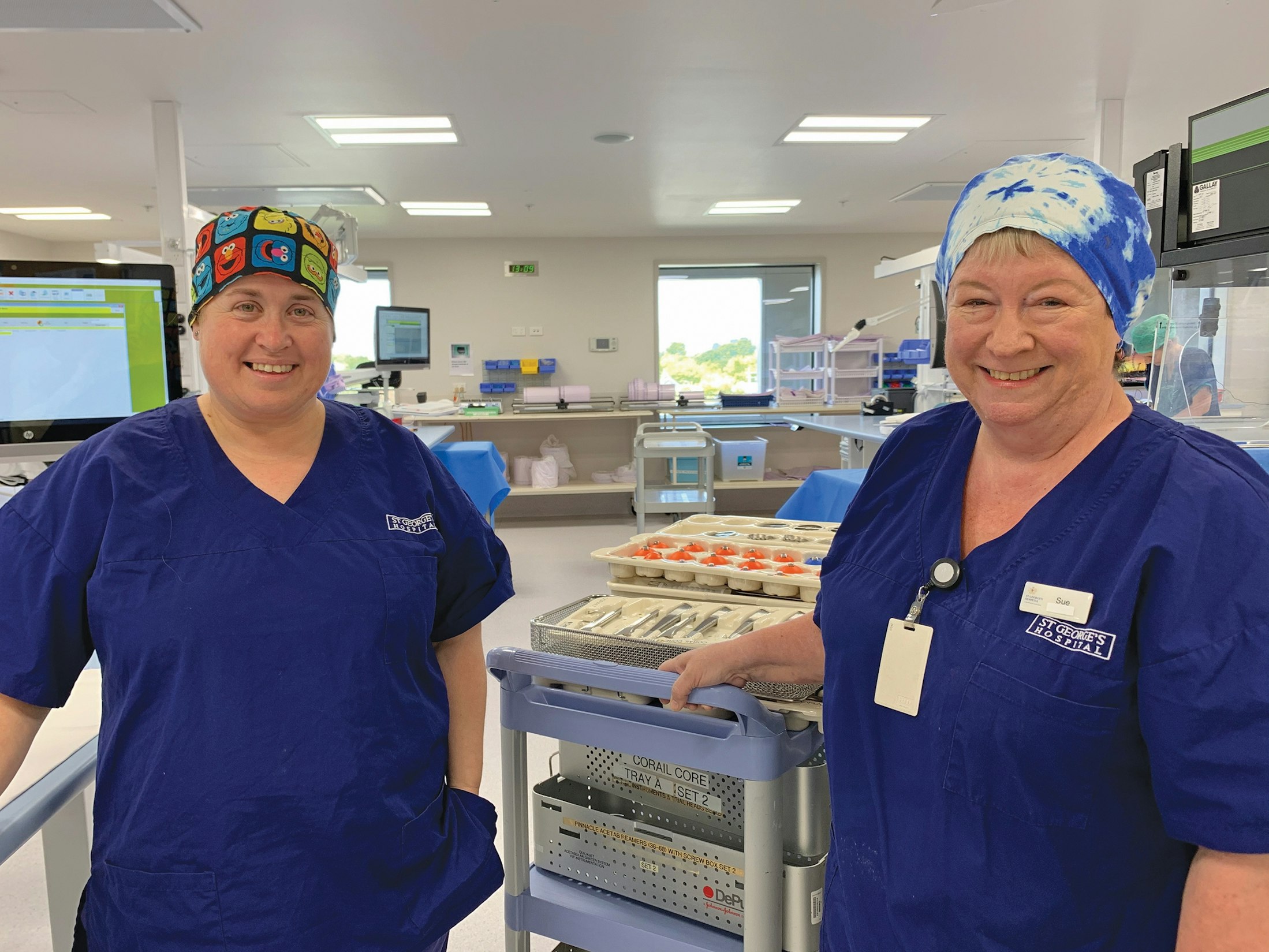Meet the people who care for you

St George’s Hospital has quite a few ‘engine rooms’ to keep us running, but there’s one in particular that is often overlooked.
Our Sterile Sciences Department is at the frontline of infection control, and without it our operating theatres could not function. Medical instruments come into the department after surgery to be cleaned, sterilized, packaged and stored ready for their next use.
In a typical month the Sterile Sciences team processes around 10,000 items.
As Technician Sue Evans says, “If we stop, the operations stop. Among the profession worldwide there is a saying that we are the heart of the hospital.”
Sue has worked in the Sterile Services team for 13 years and has seen huge technical changes in that time.
“This morning we had to sterilise a breast implant. We had to look at the manufacturer’s recommendation and it was almost at the level of being an engineer. It’s patient safety all the time.
“When I first started we were hand washing everything and drying it, putting the sets together and checking it all ourselves.
“Now everything is scanned in to the automated washers and the autoclaves have infection control software that knows the dosage of chemicals and water.
“We used to record everything in handwriting on paper – now we just scan everything,” she says.
Sterile Sciences Coordinator Amber Tredinnick says although their work is all behind the scenes, it’s a crucial part of St George’s patient care.
“We could be considered the engine room of the hospital. We disinfect and sterilise every single piece of equipment that is used in theatre,” says Amber.
“We have to dismantle some items before they go into the wash and then reassemble them afterwards. The equipment and what it’s used for becomes second nature to us. With some instruments you can’t help wondering how somebody came up with the idea.”























